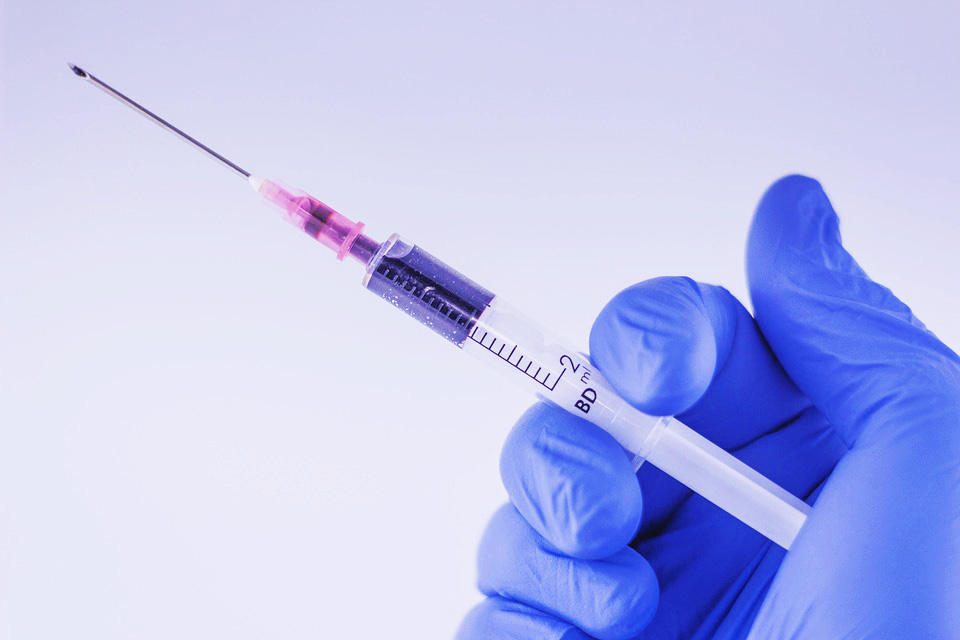
Your Guide to Clinical Exercise Classes by Physiotherapists versus Exercise Physiologists at RedoHealth
Have you heard about the mystical Chinese art of Qigong? If you have, I still believe that Qigong may remain something of a mystery to

When it comes to pain, it can be a terrible experience, one that may make you want to do anything to make it stop!
All of the above can be helpful ways to alleviate pain by modulating pain receptors in the body and improving movement strategies to offload any tissues or structures contributing to your pain.
These are conditions that your doctor may recommend you have a cortisone injection for and surprisingly (give all the research) sometimes before other interventions such as physiotherapy or exercise.
Cortisone is an anti-inflammatory agent and cortisone injections are used to relieve pain and inflammation in a specific area of the body, mostly commonly injected into joints – the spine, hip, shoulder, elbow, knee. They are sometimes referred to as steroid injections.
They offer temporary relief and are best used in conjunction with physiotherapy.
The effects of an injection can be immediate, however this is often due to the local freezing agent applied and sometimes may take up to 2-3 weeks before any impact is felt.
Injections repeated over time often become less effective with the period of pain relief becoming shorter.
Considerations for repeat injections, particularly those over a short period of time can result in damage to the soft tissues (tendons, ligaments, and articular cartilage).
For this reason injections should be spaced at least 4-6 weeks apart, with no more than 4 injections to one site per year. Cortisone should not be injected directly into tendons for this will weaken the tendon, increasing risk of tear or rupture. The research has shown this specifically with Achilles and Patellar tendons, even when injected near the tendon.
Often many people report their first injection to be helpful, easing their painful symptoms.
The main thing to consider when determining if an injection is going to be effective for pain relief: what is the underlying cause for the pain you’re experiencing?
If it is purely inflammatory, an injection may help.
However, I would not recommend an injection for an acute injury, as the inflammatory process is necessary for soft tissue healing and an injection may impede this process.
Injections should be considered more for those suffering from more persistent pain, lasting greater than 3-6 months.
And if your pain is more mechanical in nature and driven by how you are moving, it may only take the edge off, as the underlying mechanisms have not been addressed. Again, this is why injections should always be used in conjunction with physiotherapy.
Relief of pain and inflammation from an injection can be anywhere from 6 weeks to 6 months. Sometimes they offer no relief. There is often an initial increase in pain for the first 48 hours following an injection.
Potential side effects include:
It is recommended to avoid strenuous activity, such as exercise or lifting for 10 days after an injection. This may vary depending on the site of injection. You should not have any physio or massage right after an injection. When can you? This will vary, but physio should wait at least 7-10 days and massage around the area 2 or more weeks.
Depending on where you get your injection, the site of injection and whether it is guided by ultrasound or CT scan the procedure may be bulk billed, you may have to pay an out of pocket expense with or without a rebate.
My main recommendation would be to first see a Physiotherapist who can assess the underlying mechanism of your pain. If you don’t have one, this are all the ways you can get in touch – whether it be radiating pain from your neck or back, shoulder bursitis or a gluteal tendinopathy, before rushing off to get an injection. Having an injection may give you relief for a few weeks or many months, but it will not address the underlying issue of why your pain started!
References:
Cardone, D. A., Tallia, A. F. Joint and soft tissue injection. American Family Physician (2002). Jul 12; 66 (2): 283-289.
Kompel, A. J., Roemer, F. W., Murakami, A. M., Diaz, L. E., Crema, M. D., Guermazi, A. Intra-articular corticosteroid injections in the hip and knee: Perhaps not as safe as we thought? Radiology (2019).

Have you heard about the mystical Chinese art of Qigong? If you have, I still believe that Qigong may remain something of a mystery to

Have you heard about the mystical Chinese art of Qigong? If you have, I still believe that Qigong may remain something of a mystery to

Have you heard about the mystical Chinese art of Qigong? If you have, I still believe that Qigong may remain something of a mystery to